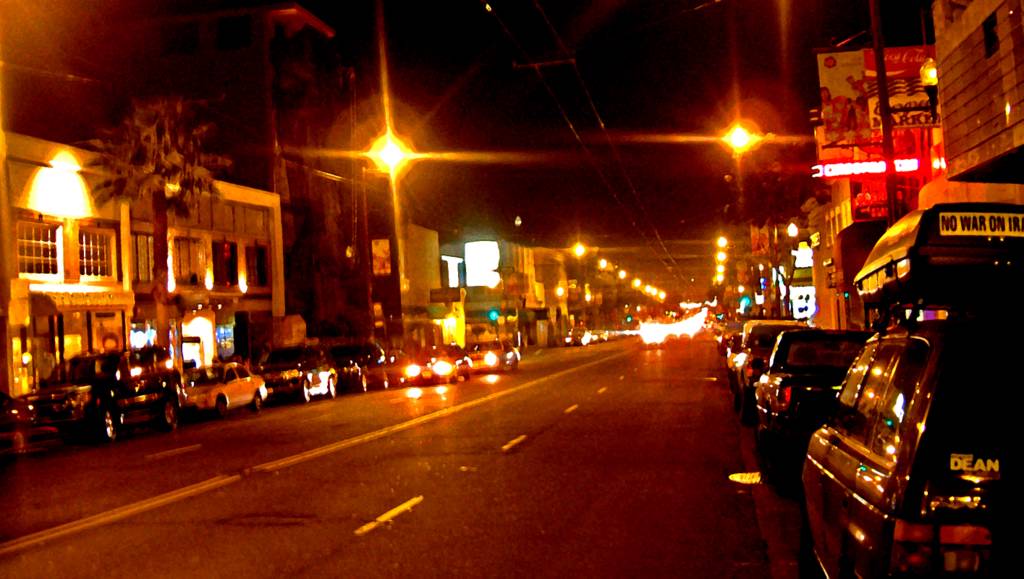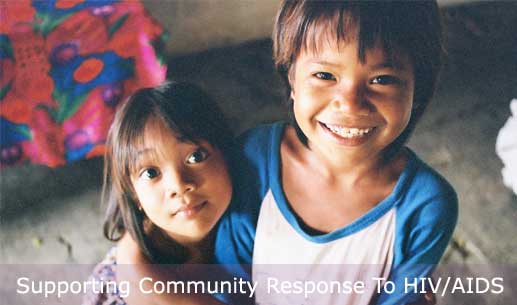
Beyond the Sunlight Streets
Once the program becomes fully established, the van would not only work during the day, but it would be accessible to individuals at night. According to Orange County Health officials, both Newburgh and Middletown have an increasing problem of prostitution and IDU. Even though this population is tremendously ostracized and controversial, these individuals deserve the accessibility privileges because they are involved in high HIV/AIDS risky behavior. I would like to establish a needle exchange program for the night van. According to the CDC, “to minimize the risk of HIV transmission, IDUs must have access to interventions that can help them protect their health. They must be advised to always use sterile injection equipment; warned never to reuse needles; and told that using needles that have been cleaned with disinfectants is not as safe as using sterile syringes.” Also, I would like to articulate the importance of condom usage and safe sex with prostitution. This would be difficult program because many of the night patients are involved in illegal activities; therefore it would be hard to establish a safe environment for the van workers. Also, at first the van program would only be provided in Middletown and Newburgh because they obviously have the largest problem with HIV/AIDS, but eventually I would like it to grow throughout all zip codes.

http://thomashawk.com/hello/209/1017/1024/Late%20Night%20Mission%20Street.jpg
Orange County is the home to many agriculture phenomena’s such as the acclaimed Black Dirt and beautiful orchards. Many of the workers on these farms are migrant and seasonal workers from Latino backgrounds. These individuals suffer from several medical barriers including: poverty, limited education, constant mobility, condom use practices, prostitution, needle sharing practices, language, and cultural. These individuals are not counted in the US Census; therefore it is very hard to calculate between migrant farm workers and AIDS/HIV. Even though we can’t calculate the precise statistics because this population is so undercover, migrant seasonal workers are highly in risk of HIV transmission. (Aranda-Naranjo and Gaskins).


http://www.khana.org.kh/upload/img1.jpg